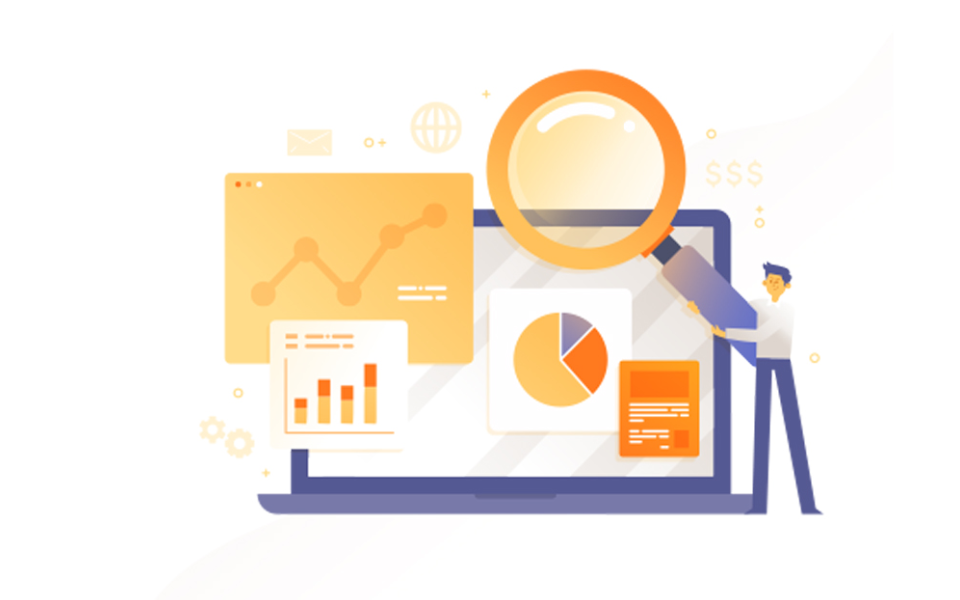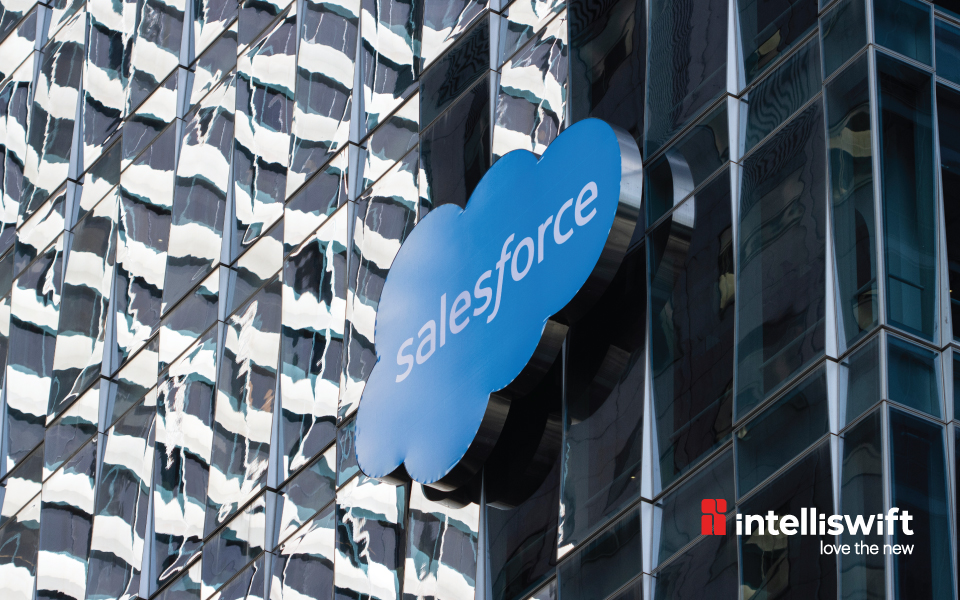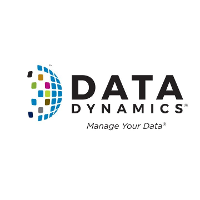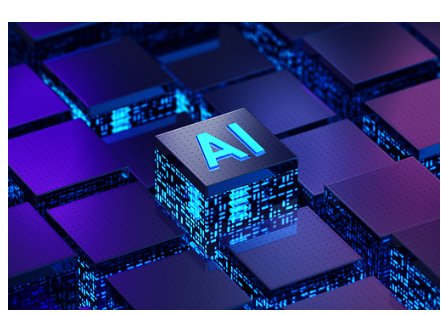By Deepam Kanjani, Principal Security Engineer, Snowflake
Introduction: Expanding the Scope of Security in Modern Data Platforms
In today's fast-paced digital world, modern organizations face a growing number of security challenges. From safeguarding sensitive data to ensuring compliance with evolving regulations, companies need robust and adaptable security frameworks. Combining traditional security practices, such as access management and data governance, with emerging technologies like Artificial Intelligence (AI) provides new opportunities for improving data classification, identity management, and threat detection.
Many leading platforms, such as Snowflake, AWS, and others, integrate AI into their security ecosystems to enhance existing capabilities. This article explores how AI is vital in augmenting security frameworks, enabling enterprises to address today’s data security needs more effectively. We will discuss the best practices these platforms adopt, including how AI supports real-time threat detection, access management, and data privacy.
1. AI-Powered Data Classification and Governance
In modern organizations, data security is not just about protecting infrastructure; it’s also about protecting the data itself, especially when dealing with sensitive information such as financial records, healthcare data, or Personally Identifiable Information (PII). Accurate data classification and governance are critical to protecting data while maintaining compliance with global regulations such as GDPR and HIPAA.
AI-Driven Data Classification
AI plays a crucial role in automating the classification of sensitive data. Platforms like Snowflake and AWS offer AI-powered data classification tools that automatically tag and categorize data based on sensitivity levels. For example, Snowflake’s Horizon solution integrates AI to identify PII and other sensitive data, applying security policies dynamically to ensure compliance and data privacy.
With AI’s ability to quickly process large volumes of data, organizations can continuously monitor and update their classification policies as new data gets ingested. This dynamic classification reduces the risk of accidental exposure or mishandling of sensitive information.
AI in Data Masking and Privacy Policies
Once sensitive data is identified, AI can automatically enforce masking and privacy policies. AI systems can dynamically mask or redact sensitive data for unauthorized users while still allowing necessary access for those with the right privileges. Leading platforms, including Snowflake and Google Cloud, are using AI to automate these processes, enabling businesses to collaborate securely without exposing sensitive information.
For example, an AI-based privacy model can analyze access requests and determine the appropriate level of data masking based on the user’s role, behavior, and request context, ensuring that privacy policies are consistently applied across the organization.
2. Improving User Experience with AI-Driven Insights
One key challenge in implementing strong security measures is ensuring they don’t hinder productivity. Organizations must strike a balance between security and usability, and AI is helping to achieve this by improving user experience without compromising security.
AI-Powered Role Suggestions and Data Discovery
AI helps streamline the user experience by offering intelligent insights and suggestions. Platforms such as Snowflake and Azure use AI to recommend appropriate roles or permissions based on user behavior, reducing the need for manual adjustments. This not only improves security but also reduces the workload on administrators by automatically applying best-practice security configurations.
Similarly, AI is being integrated into data discovery tools, enabling users to quickly find the data or applications they need without navigating complex systems. AI can auto-generate context around database objects or applications, providing users with meaningful descriptions and insights, and simplifying data access and usage.
These AI-driven enhancements improve security workflows while ensuring users can still access the data and tools needed to perform their work efficiently.
3. Dynamic Role Management and AI-Enhanced Access Control
Managing access control is one of the most challenging tasks in any organization, especially when dealing with large, cross-functional teams. Traditional Role-Based Access Control (RBAC) models can become overly complex, with hundreds or thousands of roles to manage, which increases the risk of misconfigurations and security gaps.
AI-Assisted Role Management
AI helps streamline role management by dynamically analyzing usage patterns and suggesting more efficient role configurations. This approach ensures that users only have the necessary access while minimizing the risk of over-provisioned privileges. For example, platforms like AWS and Snowflake have implemented role optimization algorithms that recommend the best access models based on historical data, reducing the risk of excessive or unnecessary privileges.
Just-in-time (JIT) access models, enhanced with AI, further strengthen access control. AI evaluates contextual data to determine when to grant temporary access, helping organizations enforce the principle of least privilege and create User and Entity-based Behavioural Analytics for access control. These systems can detect unusual access patterns or high-risk requests, triggering additional verification steps to ensure security.
By applying AI to access management, companies can optimize access control without manual intervention and significantly reduce the administrative burden on security teams.
4. Enhancing Threat Detection with AI in Data Platforms
A solid security foundation begins with effective threat detection. In modern data platforms, centralized security data lakes aggregate logs, events, and activity from various sources, such as cloud providers, network devices, endpoints, the Internet of Things, and applications. These data lakes provide a unified view of security events and allow teams to perform advanced threat analysis.
AI-Driven Threat Detection
AI significantly advances threat detection capabilities by automatically identifying patterns and anomalies that traditional methods might overlook. Platforms like Snowflake and Microsoft Azure use machine learning models to analyze real-time telemetry data and correlate security incidents across multiple vectors. AI models continuously learn from past behavior, which enables the system to detect emerging threats, including advanced persistent threats (APTs), insider risks, and privilege misuse.
For instance, organizations using Snowflake’s data platform can leverage its integration with machine learning tools through Snowpark, allowing them to build custom AI models for anomaly detection and behavioral analytics directly within the platform. This capability accelerates incident response times and reduces false positives, enabling security teams to focus on real threats.
Conclusion: The Future of AI-Enhanced Security in Data Platforms
As data platforms evolve, AI becomes essential to modern security frameworks. Whether improving threat detection, automating access management, or enhancing data privacy, AI enables organizations to implement more intelligent and adaptive security measures.
Many industry leaders, such as Snowflake, AWS, and Google Cloud, already incorporate AI-driven security features into their platforms, helping organizations manage increasingly complex security challenges. By adopting AI, businesses can transform their security approaches from reactive models to proactive, intelligent systems that can anticipate and respond to threats in real-time.
As AI continues to advance, it will further enhance the capabilities of security frameworks, empowering organizations to protect their data, reduce risks, and improve compliance—without sacrificing usability or productivity. The key is for organizations to adopt AI-enhanced security technologies that complement their security strategies and provide the agility needed to keep pace with the ever-changing cybersecurity landscape.
































